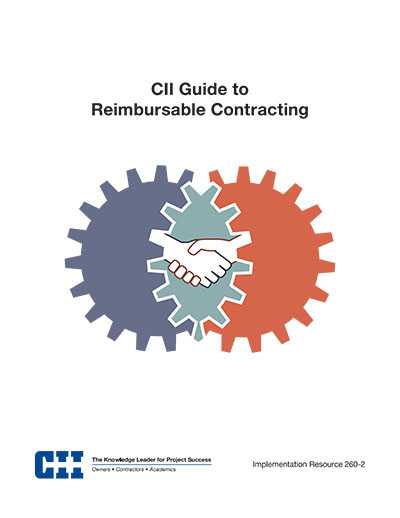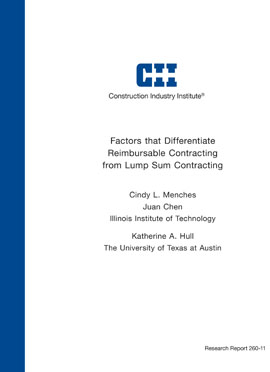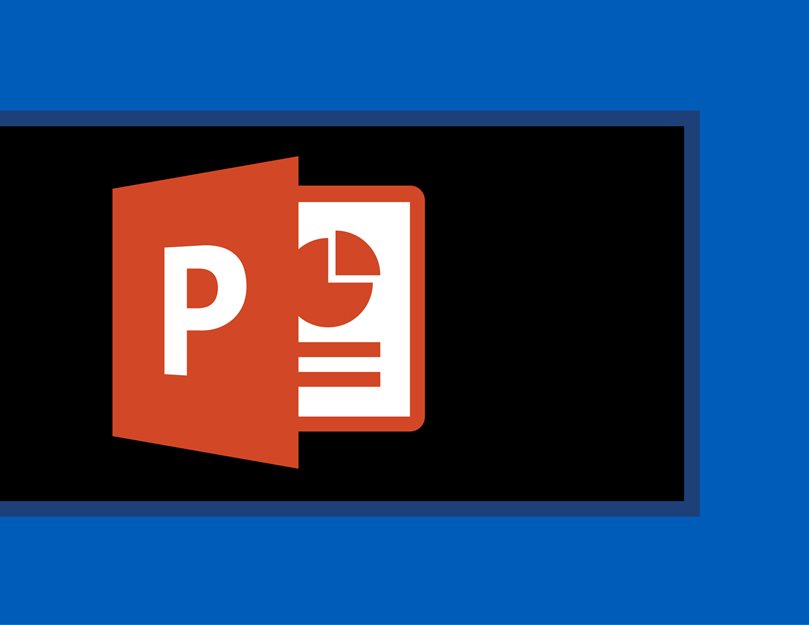
CII Guide to Reimbursable Contracting
Six different reimbursable contracting strategies are identified and described: (IR260-2, p. 11):
- Cost Plus Percentage Fee
- Cost Plus Incentive Fee
- Cost Plus Award Fee
- Cost Plus Fixed Fee
- Cost Plus with a Guaranteed Maximum Price
- Convertible Reimbursable
Specific characteristics of the project will combine to make reimbursable contracting a more suitable contracting strategy than a lump-sum or other fixed-price strategy. Key characteristics are described in the following four categories:
- Project uncertainty/risk
- Time, performance, and quality
- Degree of desired owner involvement
- Contracting strategy selection/implementation and project timing
Each characteristic was assessed by industry experts for its affinity towards reimbursable vs. fixed-price contracting. These results are captured in the Contract Strategy Selection Matrix shown as Table 2 in the Implementation Resource. (IR260-2, p. 15)
Risks on a reimbursable contract are allocated differently than on a lump-sum contract. Twenty-four of the most frequently misallocated or negotiated risks and contract clauses were assessed by industry experts as to how much risk should be allocated to the owner, contractor, or shared under either a reimbursable or lump-sum contract. (IR260-2, p. 29)
Eight major elements that should be addressed during reimbursable contract development, as listed below, are described in detail. Clearly defining the cost reimbursement compensation structure is critical to success: (IR260-2, p. 41)
- Scope of work
- Compensation structure
- Payment basis
- Invoicing, record-keeping and auditing
- Change order procedures
- Project controls
- Incentives
- Warranty
The criteria and associated methods for evaluating and selecting the project contractor differ significantly between lump-sum and reimbursable contracts. This is because:
- The reimbursable contractor is not required to assess lump-sum risk, obtain third-party pricing, or develop contingency pricing.
- The owner may require the reimbursable contractor to provide detailed information about cost elements and mark-ups.
Also, reimbursable contracting places more emphasis on contractor expertise, experience on similar projects, availability of key personnel, and ability to meet project schedule.
Differences in contract management practices for reimbursable and lump-sum contracts are described in the following six general areas: (IR260-2, p. 77)
- Organization and governance
- Change management
- Invoicing and payment
- Record-keeping
- Auditing
- Reimbursable procurement and subcontracting
Provides detailed information on reimbursable contracting, differences between it and lump-sum contracting methods, and recommendations and considerations for developing, awarding, and executing successful reimbursable contracts. The Guide is supported by a spreadsheet tool “Reimbursable Contracting Matrix” which can be used to identify which general method – reimbursable or lump-sum – is the more appropriate based on specific project characteristics. Also included in Appendix A of this implementation resource are eight case studies of the discussed contracting practices.



